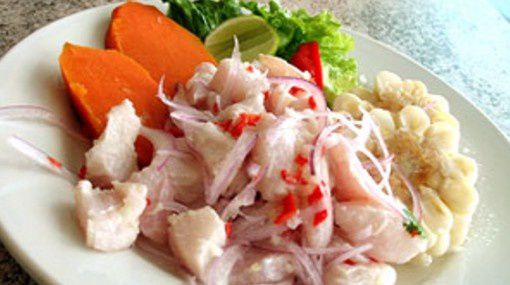It was exciting and incredibly fun to be on the road, backpacking around, but I was really starting to miss having a home base. I wanted to nest, to buy pots and pans and cute mugs, and to unpack my things for the first time in five months. I wanted to sleep in the same bed every night. And I was very anxious to see Jorge again.
I missed that smile.
I remember how excited I was when I got my first job. In retrospect, it was a total grind and the pay sucked, but at the time I was elated. A year really gives a lot of perspective. And my first place: one room with a shared bathroom and claustrophobic entryway/kitchen space, with roommates allergic to cleaning and a car alarm constantly going off in the wee hours of the morning. But it was mine! Jorge helped me paint the walls, I bought a nice quilt, and I unpacked.
Home sweet home with a new paint job and a new quilt!
I really struggled with homesickness and culture shock. I speak excellent Spanish, but the fact is that I will always be more able to fully express myself in English. I missed friends I could speak English with. In fact, I missed having friends: I got on well with Jorge's friends, but I hadn't really made any friends of my own. I was completely oblivious to the thriving expat culture here in Peru, and now I can't believe I didn't get involved sooner. In my desire not to be that person who only has expat friends and doesn't integrate into the culture, I isolated myself from people who could understand what it's like to be a foreigner. This year, I've made some great friends from all over the globe, and I couldn't be happier.
We've got three continents covered here. Missing from the pic: Jess to make four, and Tanya to represent Canada!
Then, Jorge and I moved in together in October. That was a first for both of us, and a big step for me. Where would we put all our stuff? What if we stepped on each others' toes (literally and figuratively, living in such close quarters)? When we finally decided to take the plunge, it was time to look for apartments, and oh what a headache that was. If money is no object, you can have your pick of modern luxury apartments, but personally I have no idea who can afford those places. The only people I know who live in that kind of apartment are government employees who don't pay their own rent. (Ahem, now you know where your taxes are going, US residents.) Otherwise, it is a long trudge through Sunday newspapers and varying degrees of disappointment. We saw a couple places that can only be described by the word 'squalor'. And they were still trying to charge $400 a month! Unbelievable. The good places that won't break the bank all get snapped up by 10 a.m., so you have to get up and get calling bright and early. Finally, after about two months of hunting, we found a small studio apartment in a great area and breathed a sigh of relief. We wake up to the sound of the birds chirping every morning, we're close to everything we need, and we can barely hear the famous Lima traffic.
One Year Later
After a year of being here, I finally feel comfortable. I can get around with ease and bargain like a Peruvian, and I know where to get a good bite to eat. I've learned so much Peruvian slang that I've forgotten the "correct" words. I love being by the ocean and never having to worry about snow. Or frost. Or ice.
There are still times when I miss Minnesota and San Francisco. Most of them involve food: ingredients I can't get here, restaurants I remember fondly, and American breakfasts at greasy spoons. I miss my friends and my family. I miss having a car, and being in a place where driving a car wouldn't scare the living daylights out of me. But at the risk of sounding sappy, I can say that Lima has slowly made a place in my heart, too, and has taken its place alongside all the others that I have called 'home'.





